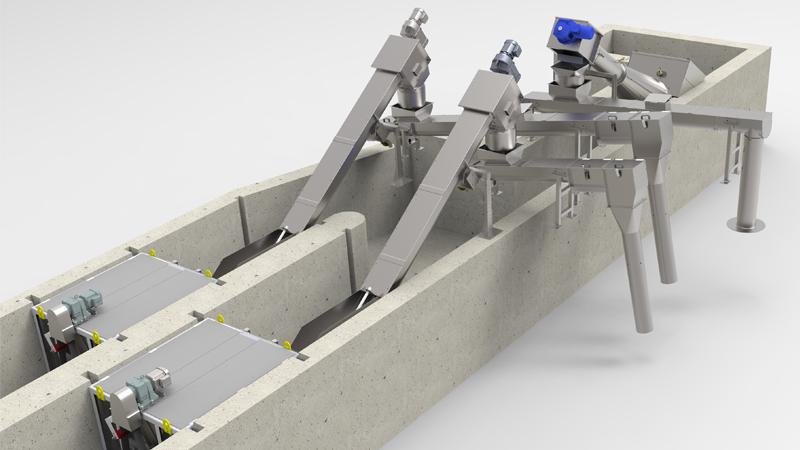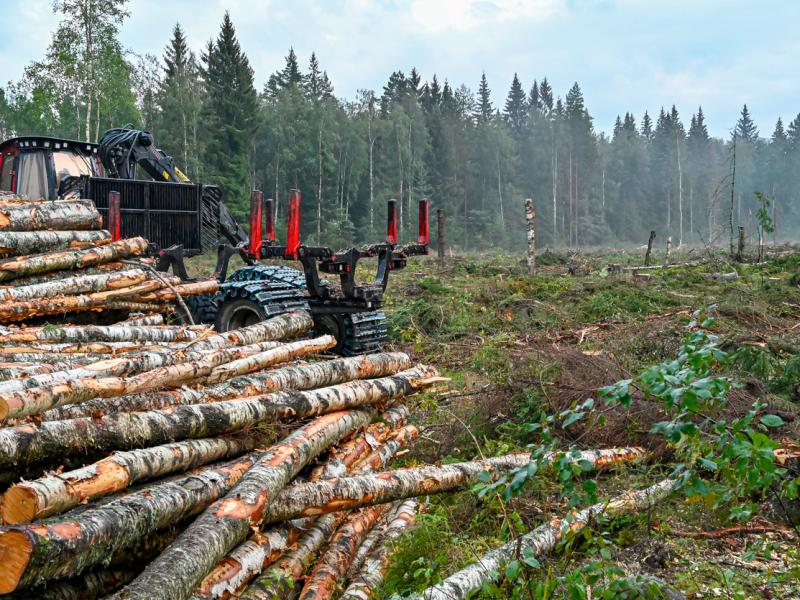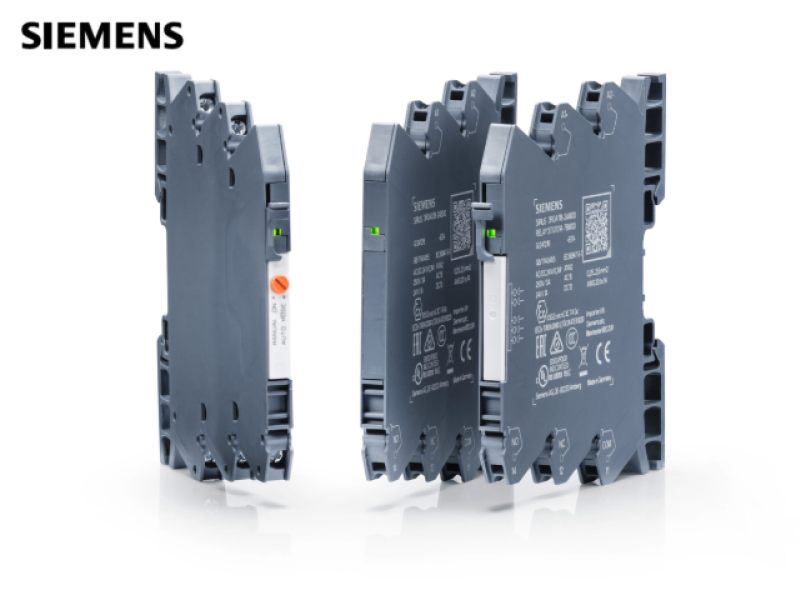Advanced fine screening technology from CST Wastewater Solutions features in a prize-winning wastewater treatment plant project that has transformed the area surrounding it into an environmental wetland wildlife sanctuary and community recreational asset.
CST’s internationally applicable horizontal in-channel rotary drum screening technology – designed as the vital first step in processes to curtail environmental spills, maintenance and associated OH&S issues in Wastewater Treatment Plants (WWTPs) – is used in the AUD116.7 million project delivered by a public and private sector partnership involving Logan Water, Economic Development Queensland, Downer, Cardno and sustainable water infrastructure group WSP.
Logan is one of Queensland’s fastest growing areas. Cedar Grove Environmental Centre features the state’s first WWTP to benefit the environment through membrane bioreactor technology and constructed wetlands to achieve record low nutrient levels, and offsetting remaining nutrients through catchment restoration. A total of 37,000 trees have been planted on the restoration site to offset vegetation removal by developers across Logan. The site is also a centre for research and a community recreation reserve.
The project won the Australian Water Association (AWA) Queensland’s Infrastructure Project Innovation Award (Metro) at the Queensland Water Awards this year. The award follows the Queensland Australian Engineering Excellence Award win in September, and wins in the Innovation and Sustainability and Environment categories at the Institute of Public Works Engineering Australasia Queensland (IPWEAQ) Awards.
CST Wastewater Solutions managing director Michael Bambridge says the Cedar Grove project has transformed a sewerage treatment plant from a type of development attracting community concern to one that has become an outstanding community asset.
The project features WWTP headworks designed for easy installation, high screening efficiency and low-maintenance over diverse municipal and industrial wastewater treatment applications encountered throughout Australasia and globally.
“Efficient headworks are vital to all the downstream purification and recycling process stages in a wastewater treatment plant, regardless of the location and input. Unless solids are efficiently separated out from wastewater at the start of the purification process, you are inviting trouble into the system – and this can cost operators dearly in terms of downtime, environmental risk and clean-up costs and OH&S hazards for the teams involved,” says Bambridge.
The horizontal in-channel rotary drum screening has already been proven in some of the notoriously variable conditions of its native Australia, where it has been installed to perform cost-efficiently while curtailing blockages, environmental spills, maintenance and associated OH&S issues in conditions that can quickly switch from drought to flood, from sandy and stony to muddy and lush.
“We are especially mindful of the fact that many lean and efficient municipalities can’t afford the luxury of technologies that need the engineering support that many local bodies don’t have on-staff these days. This is the same in Australasia, and the broader Asia-Pacific, where CST has been operating for more than 30 years. So, we have designed and built our low-maintenance, quality stainless steel technology to provide the simplest but most efficient technology available, proven on multiple MBR plants to perform outstandingly well in the diverse separation tasks of inlet headworks.
“The system is built to be versatile, flexible and robust, because these tasks vary not only from place to place, but day-to-day and week-to-week as loads on the system change. As with the Cedar Grove project, efficient headworks are integral to an end-to-end quality engineering process designed for enduring and highly sustainable performance.”
Advantages of Horizontal Drum Design
“The benefits of an efficient engineering concept and thorough detail engineering have combined to produce very low whole-of-life costs when compared with most other screens, with servicing required only every four to six years,” says Bambridge.
“These are very important considerations when dealing with local municipal authorities with budget constraints, as well as those with limited engineering resources, to whom ongoing reliability and minimal operation costs and risks are important.”






